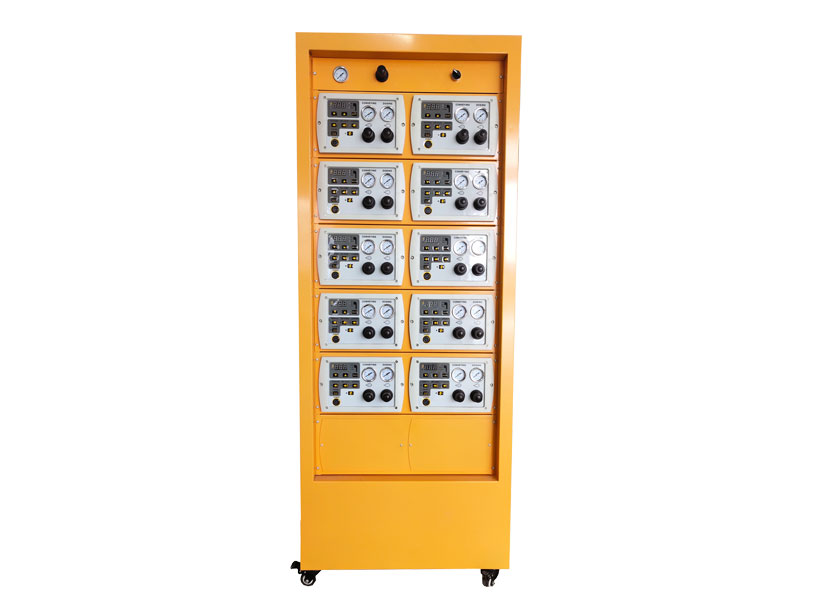The material of the painted workpiece In the metal work […]
The material of the painted workpiece
In the metal workpieces coated with powder coatings, some materials such as castings (iron, aluminum), hot-rolled steel plates, galvanized, etc., have rough surfaces and micro-pores, which make the coating film prone to particles. The formation mechanism is that during the baking and solidification of the powder coating, the surface of the object to be coated is closed during melting and leveling, so that the melted and leveled coating film is arched. If the internal pressure is not enough to break through the coating film, particles will be formed.
From the aspect of powder coating manufacturing, to solve the above problems is to develop a specially applied breathable powder coating. Two aspects can be considered when designing the formula: one is that the powder will not reach the surface of the coating film before the air bubbles in the micropores reach the surface of the coating film. The leveling and curing have been completed, leaving the pores below the coating film; the second is to reduce the surface tension of the powder coating when it is melted, so that the gas in the micropores is easy to escape, and the powder will be leveled in time and then solidified. Achieve the effect of smooth and flat coating film. From the aspect of painting, try to make the coated workpiece smooth and flat without oxide scale and fine holes on the surface. If possible, it can also be pre-baked, which can effectively reduce the formation of such particles.

Workpiece surface treatment
Generally, the powder coating workpiece needs to go through the surface treatment process of degreasing, rust removal, degreasing, water washing, phosphating, water washing, (passivation), deionized water washing, and drying. Among them, impurities such as rust removal and phosphating residues may adhere to the workpiece, resulting in the existence of particles after film formation.
In the pretreatment process, before phosphating, one or a combination of several methods should be used to remove the scale, rust, grease, fingerprints and foreign substances on the surface to be phosphated, and the main requirement is that no coarse grains are produced. In order to avoid the formation of coarse crystalline phosphating film or film with excessive mass per unit area, it is necessary to use as little or no strong acid or alkali as possible for cleaning. The treated workpieces should be fully cleaned in cold water or hot water to remove the residue, otherwise once the residue is brought into the phosphating tank, the quality of the tank liquid will be destroyed and the phosphating effect will be directly affected.